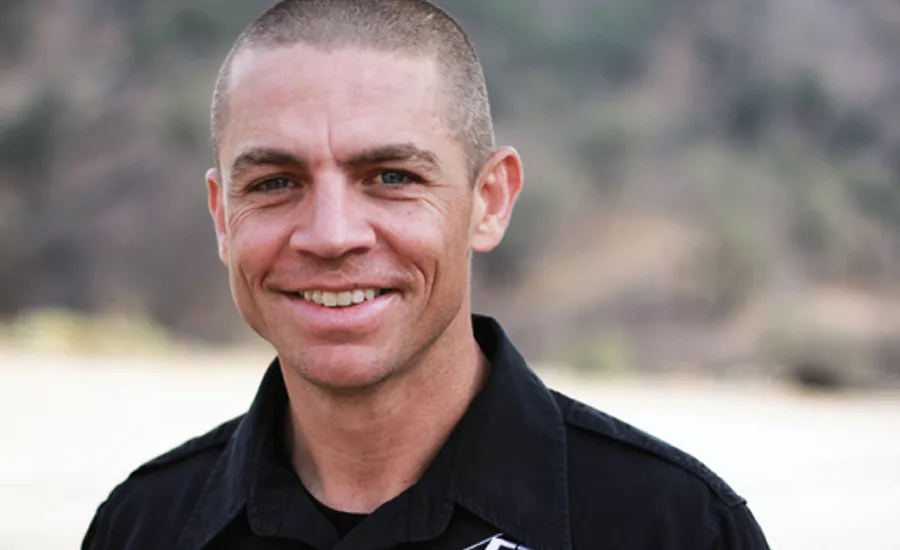Saving Lives with a Test: Active Shooter Response Training for Employees

Jay Hart

In certain parts of the country, people regularly perform earthquake and tornado drills, priming themselves to be ready should the unexpected occur. But, even though 50 percent of larger-sized businesses (those with more than 1,000 employees) experience an incident of workplace violence every year, most enterprises do not teach employees and have regular drills on how to respond to such an event.
I recently spoke with Jay Hart, founder of the Force Training Institute, for tips on how enterprise security executives can set up workplace violence drills that don’t alarm and frighten employees, instead, but help to educate them on how to respond during a critical incident and potentially save lives.
Are schools and businesses willing to train for weather emergencies the same as they are for active shooters?
While it’s very common for business to have robust policies and training strategies in place for weather emergencies and other natural disasters, there is still a strong reluctance to implement active shooter training. The resistance occurs for several reasons. First, there is a psychological hurdle to overcome where we have to accept the fact that sometimes acts of violence do occur. Second, most executives and managers inherently understand that active shooter training is “very easy to do wrong,” and therefore they find themselves in a trap where they “plan to have a plan,” but never take actionable steps. Last, active shooter training is challenging because it needs to be seamlessly integrated into the culture of the enterprise, which is a combination of art and science.
How do you conduct active shooter training that doesn’t scare people?
Active shooter training affects everyone on an emotional level. Some of your employees will be very resilient, and others will have more difficulty with the realization that active shooter incidents, although rare, do occur. The training facilitator needs to continually assess the emotional level of employees during the training and move forward in a way that empowers everyone by building their confidence. Second, plan active shooter training that places more emphasis on safety and arming employees with the best choices to make during a critical incident. Last, always remember that just because we call something “training” does not mean that learning actually occurs. The training plan should be rooted in sound educational principles in order to successfully transfer knowledge and have designated points where instructors can check for understanding as the training program is delivered.
Does active shooter training look the same for a school, or a retail store, or corporate headquarters?
A lot of the strategic response principles for active shooter training at schools or businesses will be very similar, but there are predictable differences. For example, a high school teacher will be able to give more direction to his or her students during a critical incident, whereas a kindergarten teacher will have to take on more responsibility. Similarly, active shooter training in a retail store needs to account for taking care of customers, whereas corporate headquarters are usually more controlled and have stricter measures in place to manage access to the building.
How can security executives communicate the importance of this type of training?
We need to do a better job explaining that active shooter training is really about leadership. As leaders we have an obligation to share the Gift of Safety with employees so that if an active shooter incident ever occurs our employees know what to do. Secondly, not having an active shooter training program is simply indefensible, and we are starting to see more litigation occur after an active shooter incident. A good place to start is by reviewing the Occupational Safety and Health Administration (OSHA) General Duties Clause Section 5(a)(1) and Directive CPL 02-01-052 -Enforcement Procedures for Investigating or Inspecting Workplace Violence Incidents.
What are your thoughts towards arming school staff, or loss prevention (LP) officers in a retail environment?
A firearm in the hands of a skilled professional is a life-saving tool. However, it’s also important to realize that arming school staff or LP officers is an emotional issue, a political issue and of course, a significant cost issue.
Schools and colleges would be well advised to implement a School Resource Officer program. Arming LP officers in the retail environment needs to be a balanced approach. The reality is that most companies do not have the budget to arm and appropriately train its staff to successfully intervene with a firearm during a violent encounter. In those cases, companies would be well advised to implement the following strategies:
- Have a sound active shooter training program and threat assessment safety team.
- When a credible threat and imminent risk is identified, contact local law enforcement authorities and hire armed security professionals until the threat is mitigated.
Looking for a reprint of this article?
From high-res PDFs to custom plaques, order your copy today!







